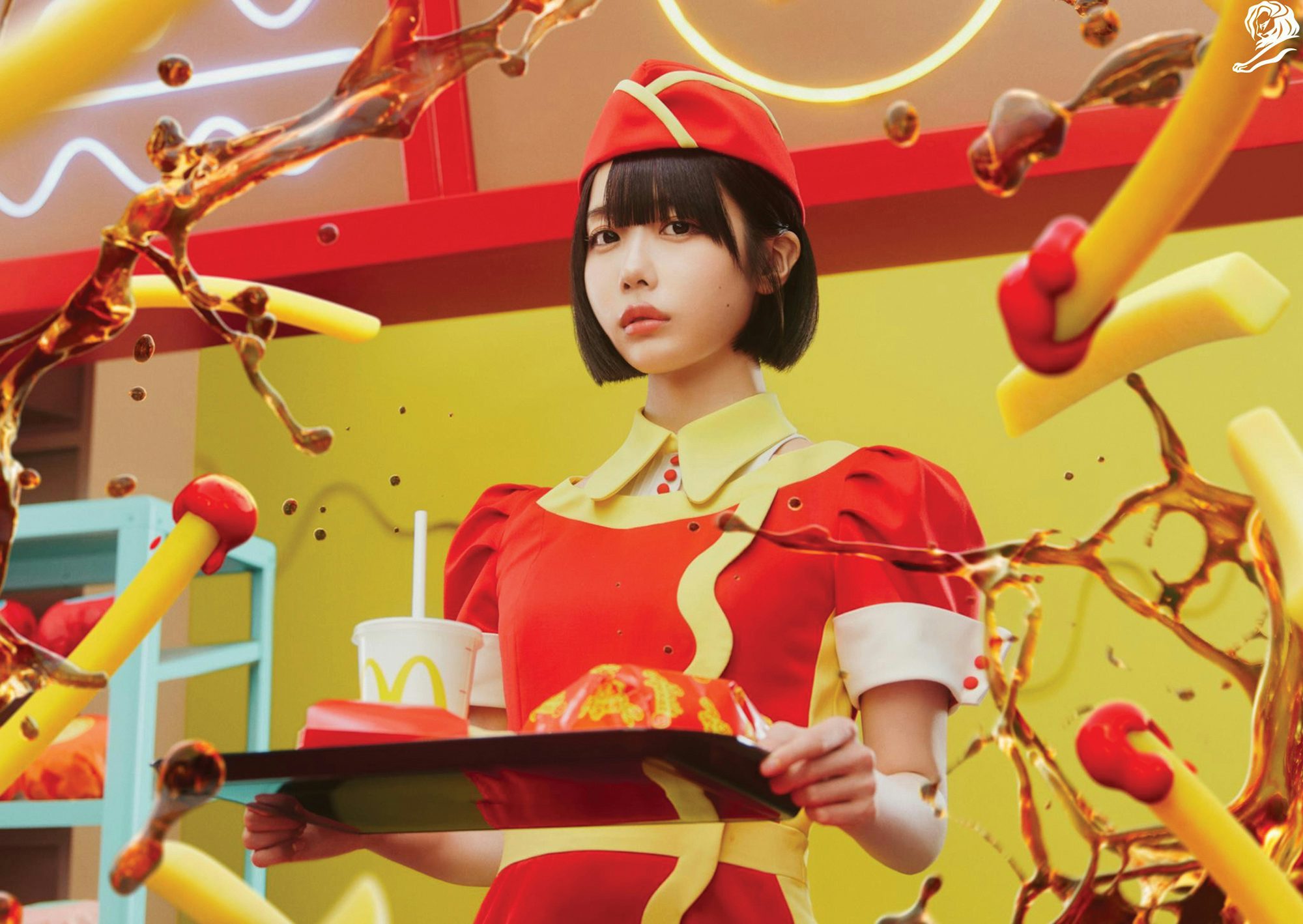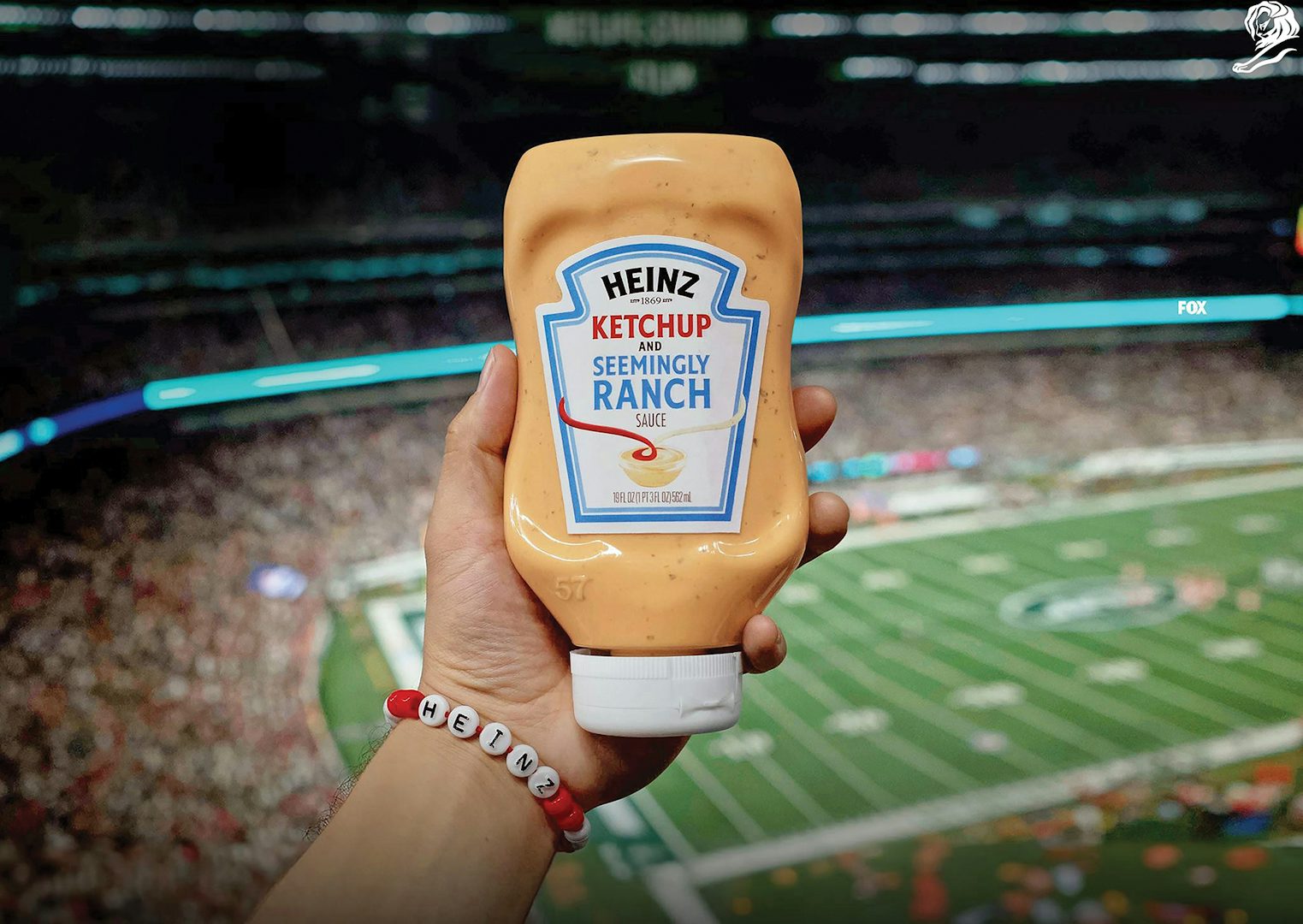Why does adland still struggle to get social?
Social media has become the most important way for brands to engage audiences, yet its power is still underestimated by agencies, awards shows and the press – why?
In June last year, as part of her role as jury president of the Social & Influencer category at Cannes Lions, Amy Ferguson of Special US gave her take on the work that had been entered and duly awarded. Her comments highlighted both the exciting nature of the work in the category and its inherent struggle to contain such an elusive medium. “Social is everything, and everything is social,” Ferguson said. “This category is getting so ubiquitous with the work. That is a challenge moving forward.”
As Cannes Lions moved forward into planning its 2025 event, Ferguson’s assertion that the social and influencer space was “changing literally all the time” was reinforced by the festival’s own actions. Having launched the Social & Influencer category in 2018, Cannes Lions announced in November 2024 that it was to be renamed Social & Creator going forward. If it was intended as a reflection of where this kind of creative work is right now, and how hard it is to pin down, then why do some in the industry feel that the big awards shows are only just catching up with the shifting social landscape – and what they are celebrating is too little, too late?
One such figure is Chris Wall, a long-term and vocal advocate of social and now a freelance creative consultant and founder of creative studio Myths & Legends. Having spent 20 years in the industry, with early stints at SapientNitro and Isobar and, more recently, as head of creative, creative change lead and ECD at Ogilvy, he has seen the sector evolve hugely. In its infancy, Wall says social wasn’t really understood and was often dismissed, yet “over time it pretty much became the de facto touching point – every type of creative execution is going to end up there”.
From the outset, the question of who defines what creative social is and does – what the best of the space looks like – was up for grabs. “Social has always been sat in the middle of the intersection of PR agencies that approach it from a learned point of view; pure play digital agencies [that say] it’s part of building websites, doing banners and other stuff; and then the almost Wild West of social agencies that were like, ‘No, this is our own thing,’” Wall says.
“Social has historically been underappreciated across the board,” adds Born Social’s global chief strategy officer, Callum McCahon. “Awards schemes are a prime example – while social categories are a welcome addition, they often feel at best like an afterthought, and at worst a reflection of adland’s ignorance of what social-first marketing really is. It does matter that recognition has been slow. It perpetuates a narrative that social creative is a lesser form of creative, which categorically isn’t true.”
Social has historically been underappreciated across the board. It perpetuates a narrative that social creative is a lesser form of creative, which categorically isn’t true
Wall says that in speaking to others who have worked within pure play social over the last 15 years or so, “we were like the ugly ducklings, or the uninvited cousins. It’s always been a thing. However, the tables have turned quite savagely in the past four or five years.”
So what is to be done to give social creatives the recognition they deserve? “The reality is that the work that is going to make it to Cannes and everywhere else is going to be the big stuff that [agencies] have spent millions of pounds on,” says Wall. “They need to make a virtue of that to a certain degree and win awards with it – despite really clever, creative people who’ve made something that’s ‘thumb-stopping’ and, for want of using a hideous word, ‘viral’ in that space. If somebody makes a TikTok for five grand but it gets 2.5 million views, against somebody who’s made a £2.5m advert that’s got 50, I know which one should be winning awards, but we don’t see anything in that space.”

According to Wall, the problem is that there has been a lack of ability to nail down what ‘great’ looks like within the social environment and therefore what should and should not be celebrated. For example, he flags the recent work that appeared on Currys’ Instagram – a sketch parodying a scene from American Psycho (which also owed something to Andrew Rousso’s comic shorts).
“It was really good, really funny; it was crafted well,” he says. “That will not win anything, it just won’t. It won’t go into awards because the agencies that are doing [this kind of work] are not big enough, they don’t have the cash flow to throw money at it. So there’s been a blank space for 20 years for somebody to step into and go, ‘This is what great looks like in the social space.’” Wall cites innovative water brand Liquid Death as showing just what can be done as a social-first brand, but remains bemused that the company has not won many creative awards.
For Wall, the sanctified notion of craft still hangs over the larger awards. Social work is “never going to be [Guinness] Surfer, because that time has gone,” he says. “The grandiose TV commercial and that level of craft has gone. However, the craft in the social space is a different beast – and that’s what nobody’s really wrapped their head around yet.”
“It just looks very different,” agrees McCahon. “Social at its best is a collection of lots of little things that add up to something far greater than the sum of its parts – ‘big as a collection of smalls’. But this doesn’t fit neatly against the legacy industry narrative about what great creative work ‘should’ look like.”
That said, Cannes Lions is now recognising that social is a bigger player than ever. The 2024 festival featured its second Lions Creators event, which gave the evolving sector even more focus and last year saw entry numbers increasing, which the organisers say reflects the trajectory of the burgeoning market. In 2024, the Social & Influencer category received 1,761 entries from around the world, with the Grand Prix going to the innovative CeraVe campaign (starring a bewildered Michael Cera) from Ogilvy PR New York.
There are still businesses out there that are going ‘big idea’ – which is TVC – and then trying to get it to retrofit at the bottom instead of going social from the ground up
At Eurobest, the Grand Prix in the Social & Influencer category went to DDB Paris for its Olympic Curry campaign for McDonald’s, which centred around a single tweet. Big advertising awards aside, the social space has actually been celebrating itself for years, with the Shorty Awards launching in 2008, named in reference to ‘short-form content’ and reflective of the 140-character restrictions on Twitter at the time, and Don’t Panic’s Some Comms Awards (now UK Social Media Awards), established in 2009.
Yet the difficulty in judging the differences between campaigns within the social sphere was already apparent in 2018. Picking his highlights from the work entered into the inaugural year at Cannes Lions, jury member Anthony Svirskis, chief executive of Tribe, reflected on the sheer range and diversity of submissions and noted that, as this was new territory at the Lions, the jury were inevitably tasked with determining the criteria for the winning work.

Two of his picks were for very niche audiences, he commented, but it was imperative that as jurors they recognise the excellence of the work relative to scale. New ground was being broken, but only seen by a few people. Should that matter if the work itself is great and the audience it sought has been reached?
The legacy of the ‘big idea’ is also at play here, believes Wall. “There are still businesses out there that are going ‘big idea’ – which is TVC – and then trying to get it to retrofit at the bottom instead of going social from the ground up and work[ing] out what your TVC is off the back of it,” he says. “That’s the bit I don’t think the big boys have necessarily got right.”
It’s an inconvenient truth for creative and marketing titles that social is now the most dominant media. Social is an entirely different solar system of creativity
This also makes the best creative social work more challenging to pitch to the media and advertising press, as Hester Bloch, marketing and PR consultant for Whalar (and previously Born Social), explains. “It’s an inconvenient truth for creative and marketing titles that social is now the most dominant media,” she says. “It means social-first work demands a deeper understanding from those judging it or reporting on it. Social is an entirely different solar system of creativity.”
From Bloch’s perspective, for a PR pitch to land it needs to demonstrate the creative execution, but also the depth of research and strategy underpinning it. “The tickbox list of niche communities targeted; cultural relevance; co-creation approach with creators is all part of educating journalists and their audiences on social marketing excellence,” she says.

Social campaigns “are often a fish out of water when seen standalone,” she adds, and present the media outlet with a choice: “If you share in advance of launch, away from the community and context, it can seem abstract or bizarre. Once live it’s not new news.”
Added to this is the fact that coverage of social means less reliance on the traditional hero image. “Social campaigns embrace a less polished aesthetic that prioritises authenticity over perfection,” says Bloch. “The shift to vertical formats creates additional challenges, with static screenshots rarely capturing the essence of the work. We often resort to composites just to bring these campaigns to life.”
McCahon says agencies themselves also have a role to play in encouraging the media and awards shows to challenge these assumptions; in particular, the notion that social is an afterthought. “We need to better educate awards juries and industry leaders about what great social work looks like,” he says. “It’s not a glossy, 60-second ad; it’s work that creates genuine impact, often in ways that are intangible or harder to quantify. If we don’t champion our work, who will?”




